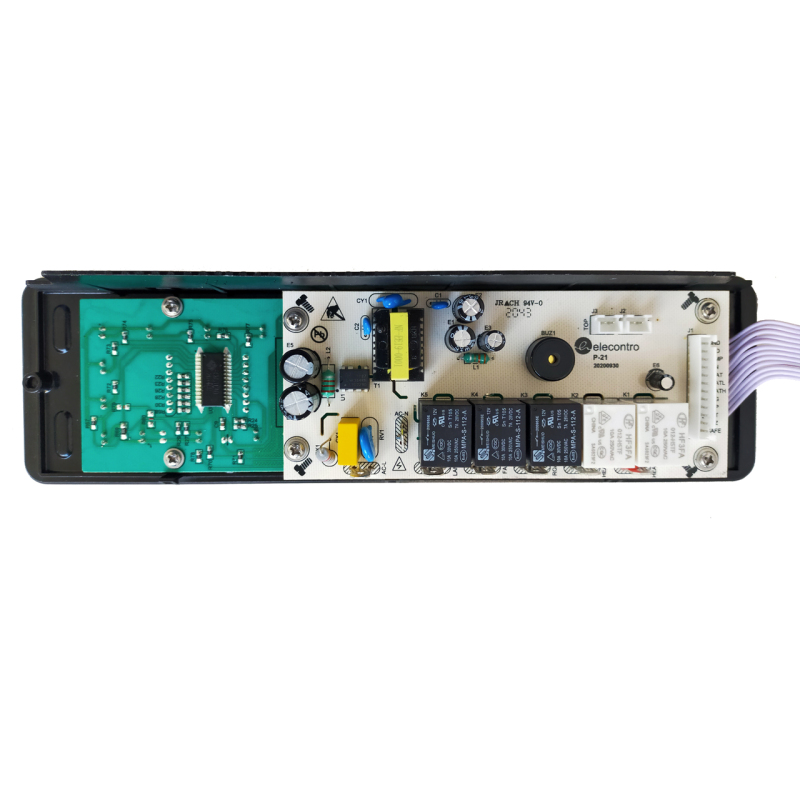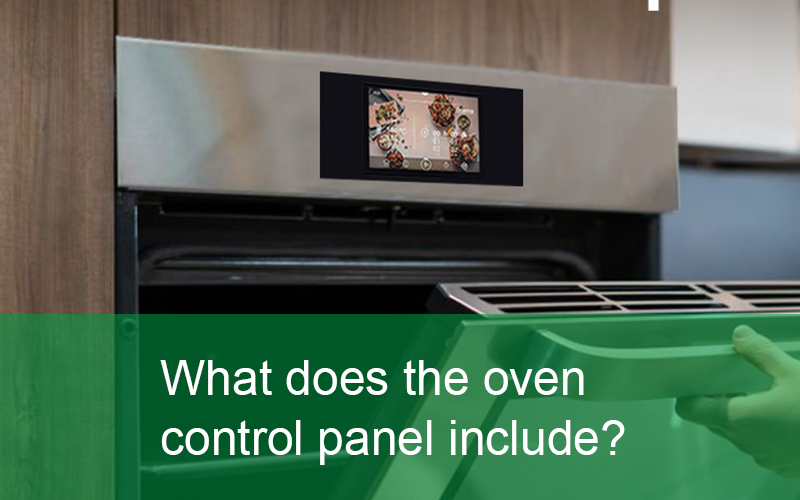What are the Different Types of Oven Temperature Controllers?
Views : 203
Author : Elecontro®
Update time : 2023-12-22 16:17:22
In the realm of culinary technology, oven temperature controllers stand as pivotal components, ensuring precise heat management for a myriad of cooking processes. This article delves into the various types of oven temperature controllers, each distinguished by its unique features and applications.
Mechanical Thermostats
Mechanical thermostats represent the quintessence of traditional temperature control. Operated through a system of bimetallic strips, these devices exemplify simplicity. The strips, composed of two distinct metals, expand at different rates when heated, triggering a mechanical action that either opens or closes the electrical circuit. Their durability and lack of reliance on external power sources make them a steadfast choice for conventional ovens.
Electronic Thermostats
A leap into the modern era, electronic thermostats epitomize precision and versatility. Utilizing thermistors or thermocouples as sensors, they offer digital feedback and more accurate temperature readings. The integration of microprocessors allows for programmable settings, facilitating complex cooking cycles with ease. This sophistication, however, comes at the cost of increased complexity and a need for power.
PID Controllers
Proportional-Integral-Derivative (PID) controllers are the paragon of temperature accuracy. These devices continuously calculate the difference between a desired setpoint and the current temperature, making adjustments in real-time. PID controllers are renowned for their ability to minimize temperature fluctuations, making them indispensable in professional culinary settings and industries where precision is paramount.
Capillary Thermostats
Rooted in mechanical design, capillary thermostats utilize a liquid-filled probe to sense temperature changes. As the temperature varies, the liquid expands or contracts, driving a mechanical switch that controls the oven’s heating element. While not as precise as electronic or PID controllers, capillary thermostats offer a robust and cost-effective solution for general cooking needs.
Smart Thermostats
Embracing the Internet of Things (IoT), smart thermostats represent the zenith of oven temperature control technology. These devices can be controlled remotely via smartphones or tablets, offering unparalleled convenience and flexibility. Smart thermostats often incorporate features such as voice control, remote diagnostics, and integration with other smart kitchen appliances, paving the way for a futuristic cooking experience.
Conclusion
From the rudimentary mechanical thermostat to the sophisticated smart thermostat, oven temperature controllers have evolved significantly, catering to diverse cooking requirements and preferences. Whether it’s the unadorned reliability of mechanical models or the cutting-edge precision of smart controllers, understanding these variations is crucial for culinary enthusiasts and professionals alike, ensuring the selection of an oven temperature controller that best suits their culinary endeavors.
Related News
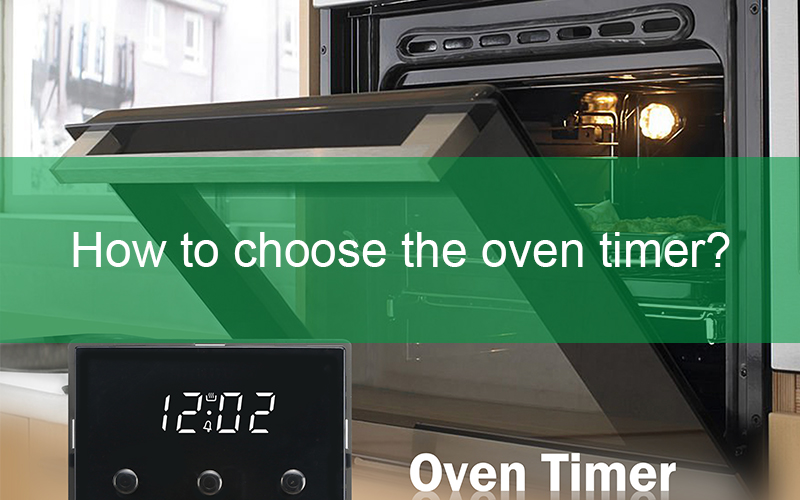
How to choose the oven timer?
Apr .27.2024
The oven timer is one of the most essential tools that can be used in the kitchen to monitor cooking time. It is an important device that helps to ensure that meals are cooked to perfection.
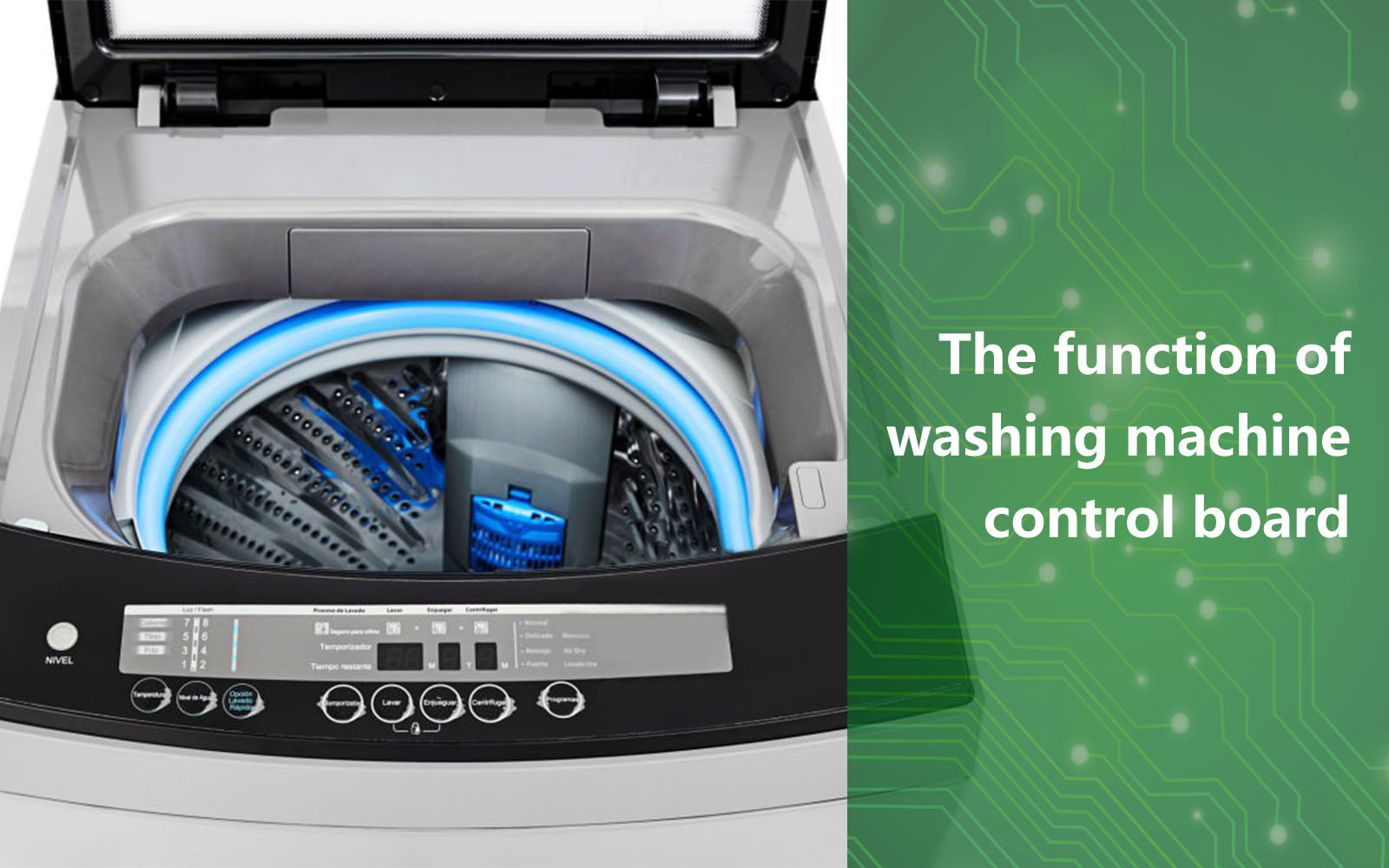
The function of washing machine control board
Jan .30.2024
The function and sensitivity of the washing machine are mainly determined by the control board
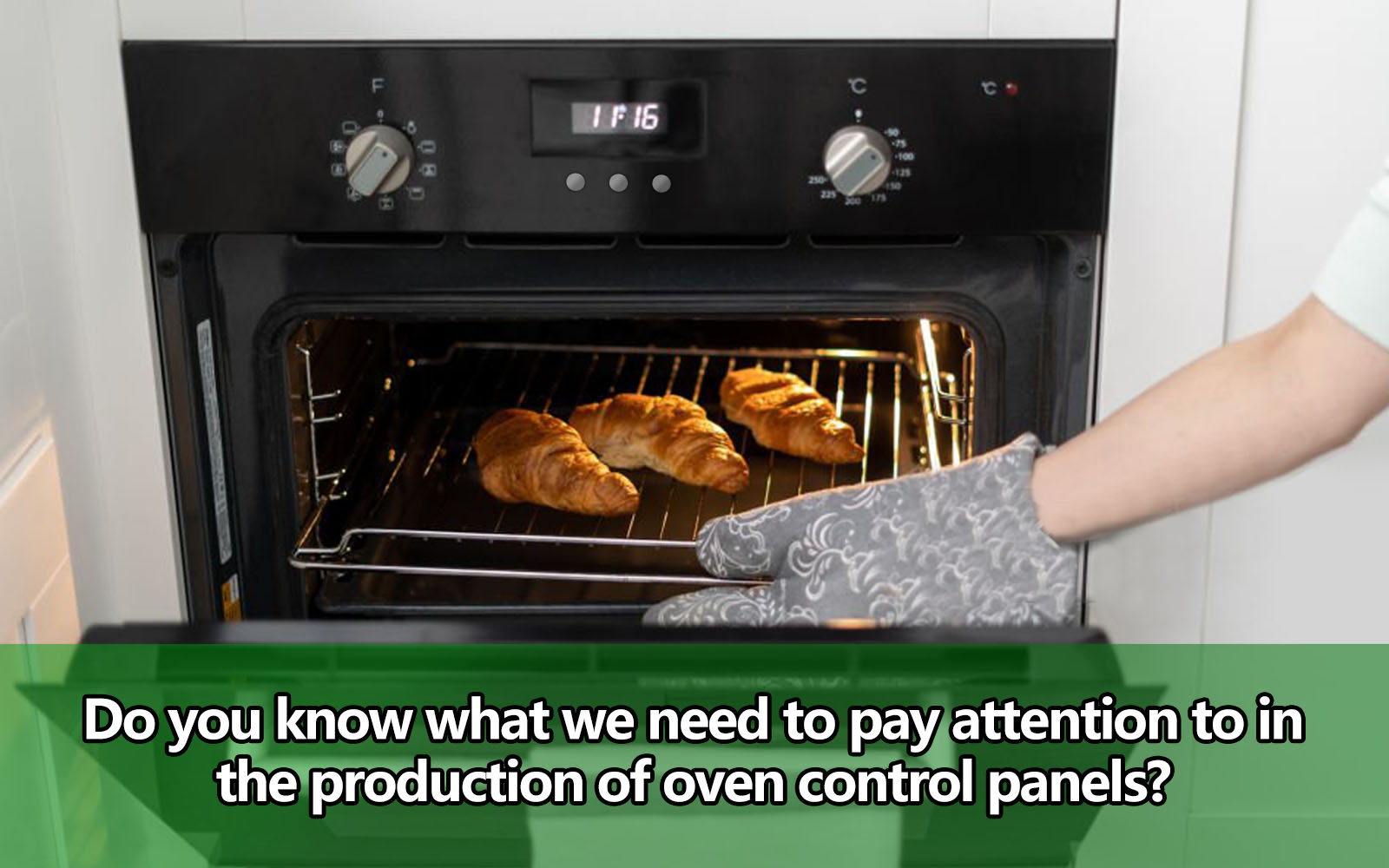
Do you know what we need to pay attention for the production of oven control panels?
Jan .30.2024
There are several key points in the production of oven control panels that cannot be ignored

